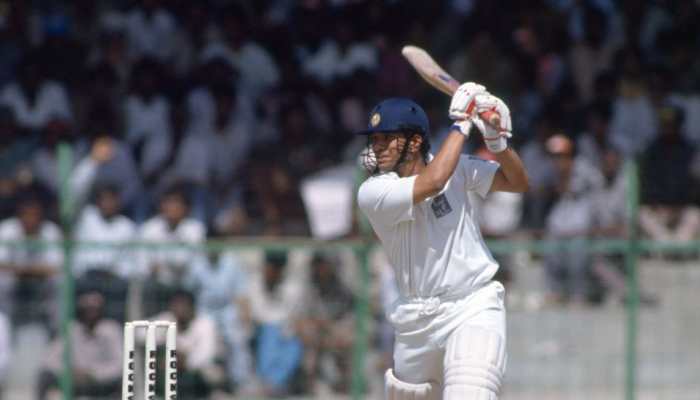Defence Minister Rajnath Singh arrives in Ladakh, to visit forward areas, interact with field commanders
Rajnath is likely to be accompanied by Army chief MM Naravane and Chief of Defence Staff Bipin Rawat to his Ladakh visit.
- Rajnath Singh heads to Ladakh to take stock of India's military preparedness.
- He is also expected to visit forward areas in Kashmir.
- The Defence Minister may hold interactions with field commanders to assess ground situation
Trending Photos
New Delhi: Union Defence Minister Rajnath Singh on Friday (July 17) arrived in Ladakh to take stock of India's military preparedness and review the overall situation. He will take stock of the situation at both the Line of Actual Control (LAC) and the Line of Control (LOC).
The Defence Minister is also expected to visit forward areas in Kashmir and hold interactions with field commanders to assess the ground situation.
Rajnath was accompanied by Army chief MM Naravane and Chief of Defence Staff Bipin Rawat as he arrived in Ladakh on Friday morning.
Taking to Twitter, Rajnath said, "Leaving for Leh on a two-day visit to Ladakh and Jammu-Kashmir. I shall be visiting the forward areas to review the situation at the borders and also interact with the Armed Forces personnel deployed in the region. Looking forward to it."
The development comes at a time as India and China move to finalise a framework for a complete disengagement at friction points along the LAC in eastern Ladakh. On July 15, a 15-hour-long Corps Commander-level talks, which was the fourth to be held between the two neighbouring countries aimed at de-escalation, took place. The first round of disengagement in all friction areas was done as armies moved back by almost 1-1.5 km in Galwan Valley, Hot Springs and Gogra areas.
While Pakistan constantly violates ceasefire from across the LoC, China has continued to intrude into Indian territory in Ladakh region in recent past, escalating tensions between India and its eastern neighbour.
During his visit to Ladakh on July 3, Prime Minister Narendra Modi addressed the soldiers where he said, "From Leh, Ladakh to Siachen and Kargil and Galwan's icy waters, every mountain, every peak has seen the valour of Indian Army. The age of expansion is over. This is the age of development. History has seen that expansionist forces have either lost or were forced to turn back."
On June 15, at least 20 Indian soldiers were killed during combat with Chinese forces in Galwan valley, leading to tensions between both nations. Chinese soldiers subsequently started moving back following dialogues between two countries through the military and diplomatic level.
Stay informed on all the latest news, real-time breaking news updates, and follow all the important headlines in india news and world News on Zee News.
Live Tv







)
)
)
)
)
)
)
)
)
)
